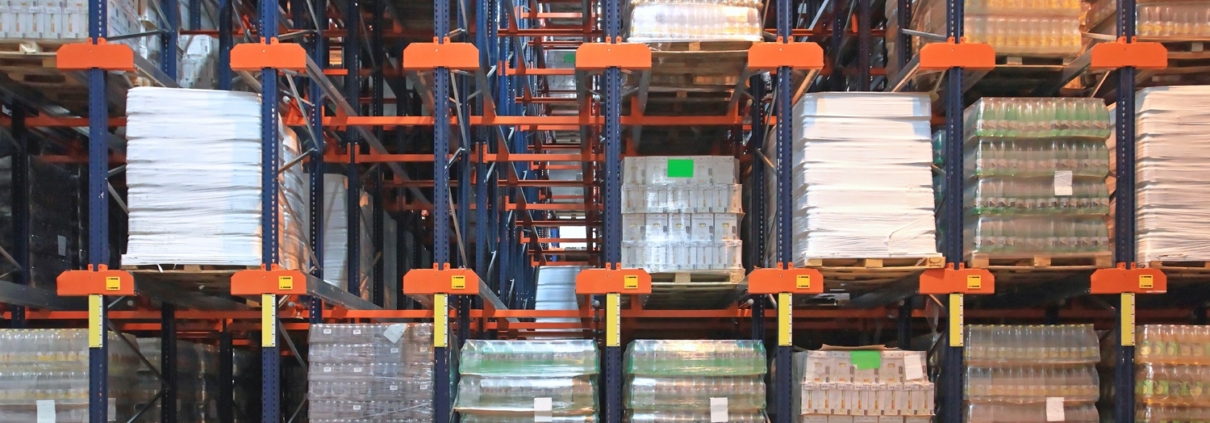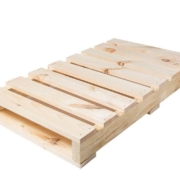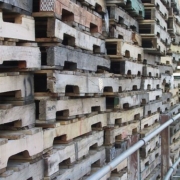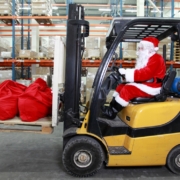COVID-19, Supply Chain Trends, and Pallet Selection-What’s Important Now!
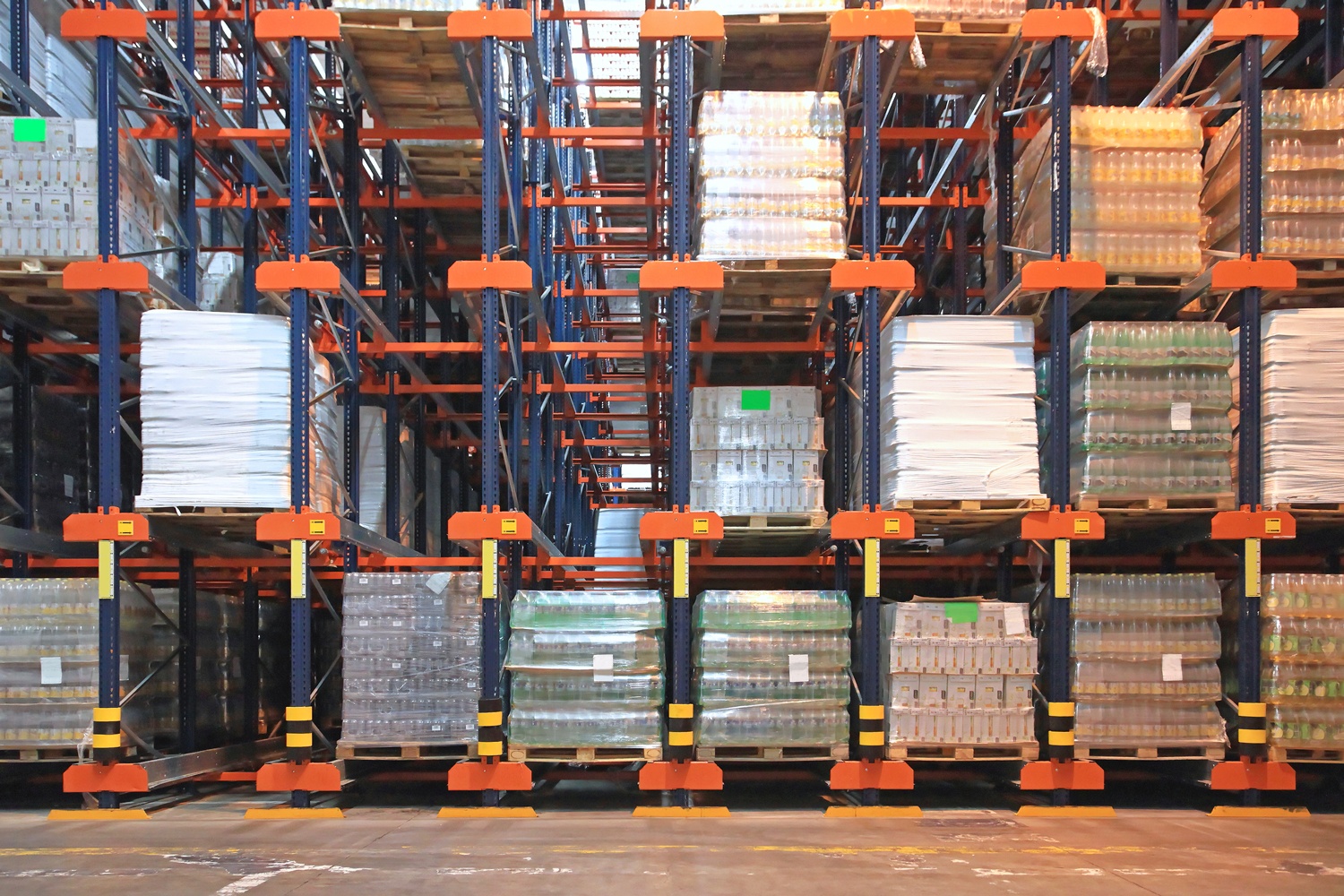
COVID-19, Supply Chain Trends, and Pallet Selection-What’s Important Now!
The COVID-19 pandemic has impacted supply chains and consumer behaviors worldwide. It has heightened the awareness of sanitation and is accelerating shifts involving shopper format preference and palletized handling automation. Here are three changes to consider from the pallet usage perspective.
Sanitized Wood Pallets
In the wake of the COVID-19 pandemic, concern about pallet sanitation and cross-contamination briefly became a talking point during initial concerns about contact surfaces as a means of spreading the infection.
While that conversation has somewhat faded, sanitation remains an ongoing item of interest for savvy shippers. According to the U.S. Food Safety Modernization Act (FSMA Final Rule on Sanitary Transportation of Human and Animal Food, the design and maintenance of transportation equipment, including pallets, must “…ensure that it does not cause the food that it transports to become unsafe.”
As such, pallet users should ensure that pallets used for food shipments are clean, dry, and sound.
Wood pallets compare favorably to pallets made from other materials. Recently released research undertaken by Institut für Holztechnologie in Dresden on behalf of the European Pallet Association (EPAL) in Germany compared the microbial properties of wood and plastic pallets. It found that bacteria had a lower survival rate on the wooden surface than on plastic.
The wooden pallets are suitable for use in hygiene sensitive areas, including food processing and transport. As stated in the report, wood has natural antibacterial properties that prevent microorganisms from spreading. It reported that wooden pallets have an antibacterial activity that is more than 13x higher than that of comparable plastic pallets.
Consumer Behavior and Wood Pallets
Consider that in April 2020, online retail sales grew by 120%, accounting for almost 10% of everything sold. COVID-19 has acted to change shopper behavior, with more people moving to online ordering and frequenting smaller footprint retail locations.
Likewise, there has been a significant shift away from the food service sector to online and grocery retail as restaurants struggled with closures during the pandemic. Online shopping and the retail formats favored by customers could influence pallet selection in the future.
Smaller pallets can provide easier handling in the narrow aisles of convenience stores and help speed up delivery. An increase in small format retailing would suggest a greater opportunity for smaller wooden pallets.
However, a decrease in supermarket shopper traffic and more home delivery or curbside pick-up would suggest less demand for display pallets for floor and in-aisle placement. The influx of new technologies, such as automated micro-fulfillment systems at retail, increases the efficiency of ecommerce and will help accelerate this trend. Such a shopper behavior shift could dampen the anticipated growth of half and quarter size pallets, as well as point of sale displays.
Current and future consumer behavior shifts add a layer of uncertainty to optimal pallet selection in the food sector. Wood pallets, which can be easily customized to a specified size, as opposed to plastic pallets that require costly molds, provide much greater flexibility and a much quicker response to possible shifts in the wake of the pandemic.
COVID-19 and Supply Chain Automation
Another area of uncertainty is how the pandemic will influence the uptake of automation. A report from McKinsey suggests that in the short term, COVID-19 has negatively impacted capital investment. Several observers, however, feel that the pandemic will escalate interest in automated solutions.
“Automation that shields workers from sickness while ensuring the delivery of critical goods and services could initially be welcomed by workers and the public at large,” one expert observed recently. He observed that companies that invest in automation are “likely to come out faster – and perhaps stronger – as the economy rebounds.”
Automation can affect pallet requirements. Typically, automation requires a quality-controlled and uniform pallet. Issues such as poor-quality or missing bottom boards, missing or damaged components, and excessive deflection can impact pallet performance in automated systems.
If we do witness a rush to automation, pallets must be considered an element of the project design process. And after installation, a robust quality assurance program will help ensure that wood pallets will continue to perform at a high level.
The pandemic has resulted in several uncertainties for supply chain participants, and changes may impact pallet selection. Luckily, the flexibility offered by wood pallets and the industry’s professionalism will enable operators to keep pace with any shifts in customer demand as we transition into the future.

